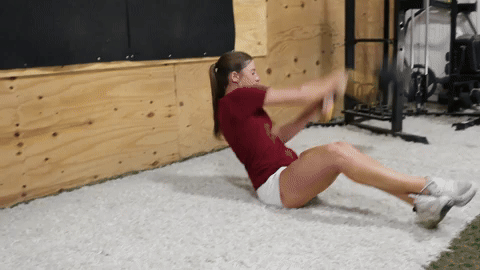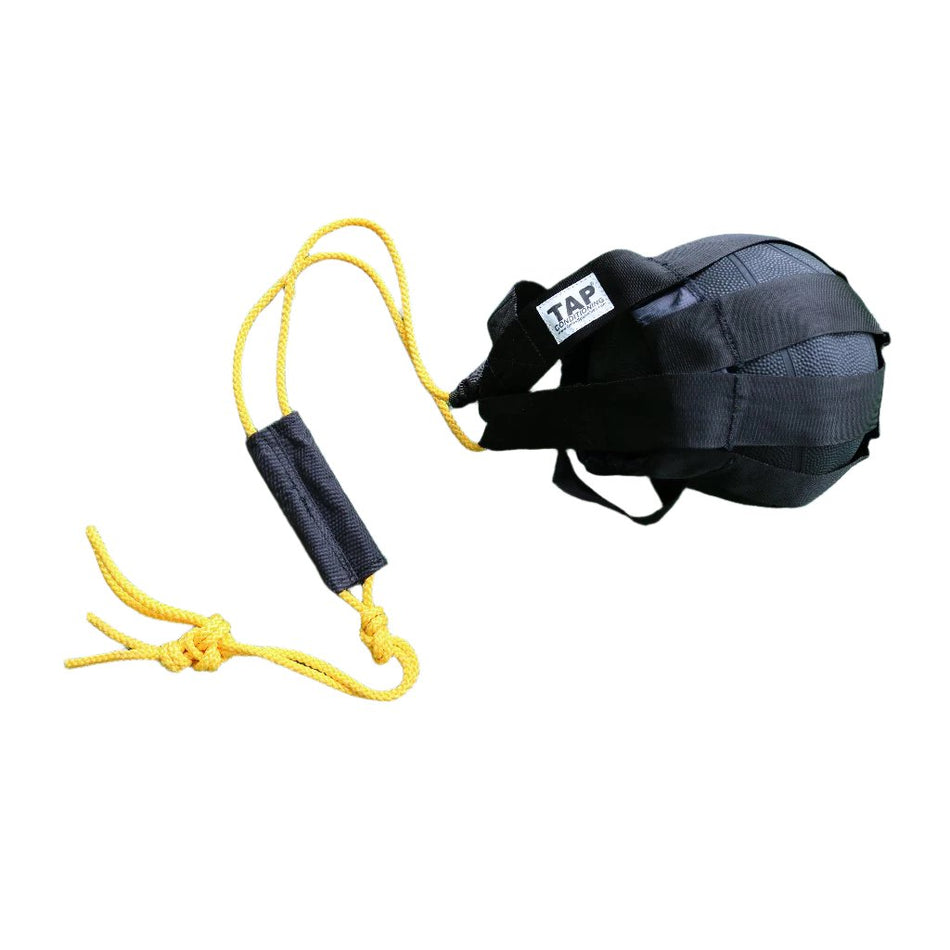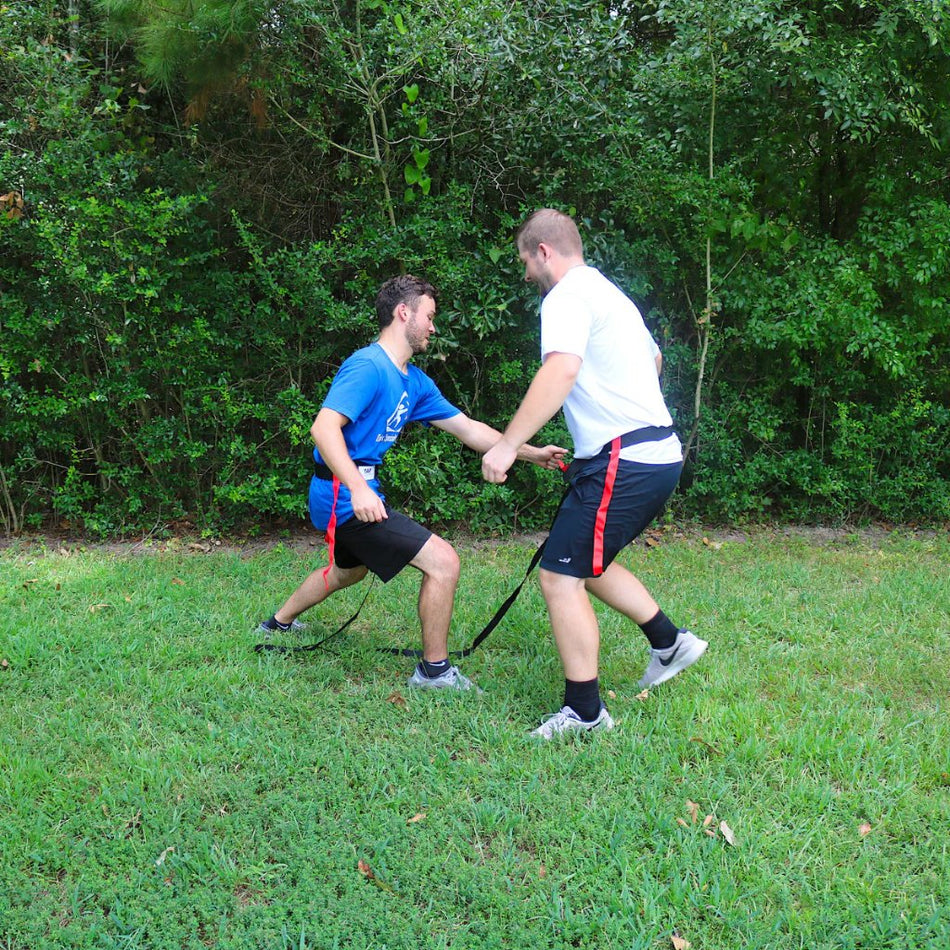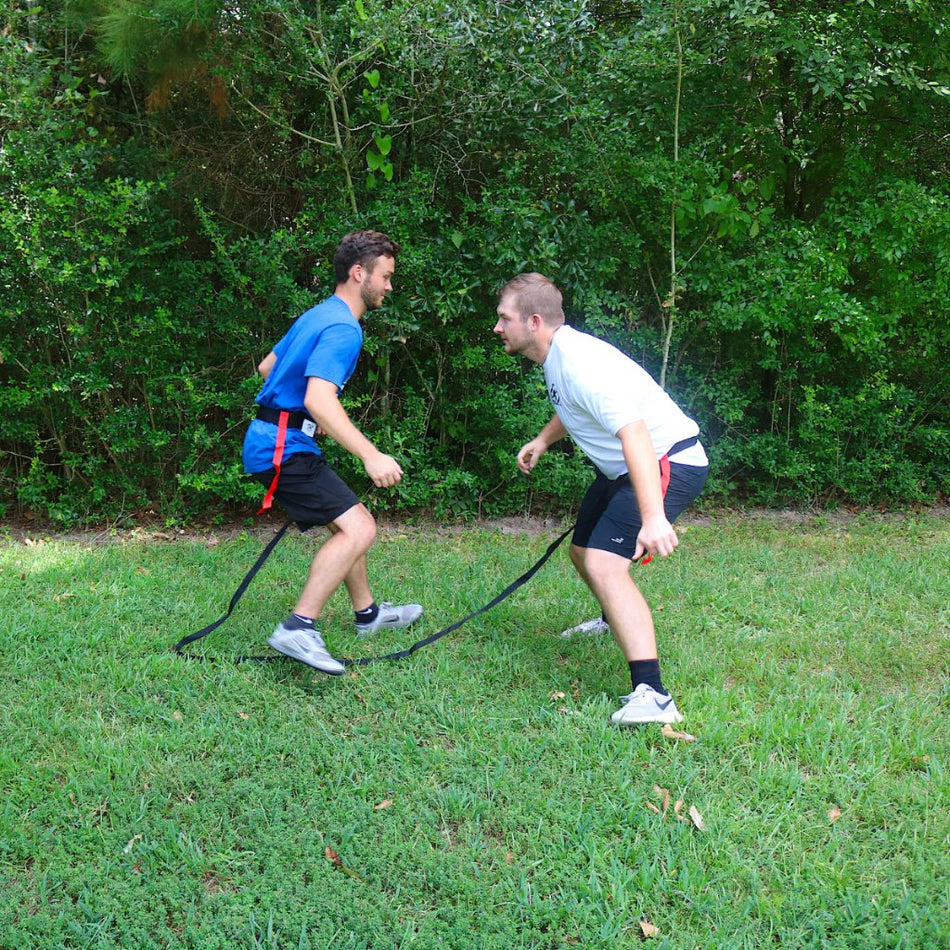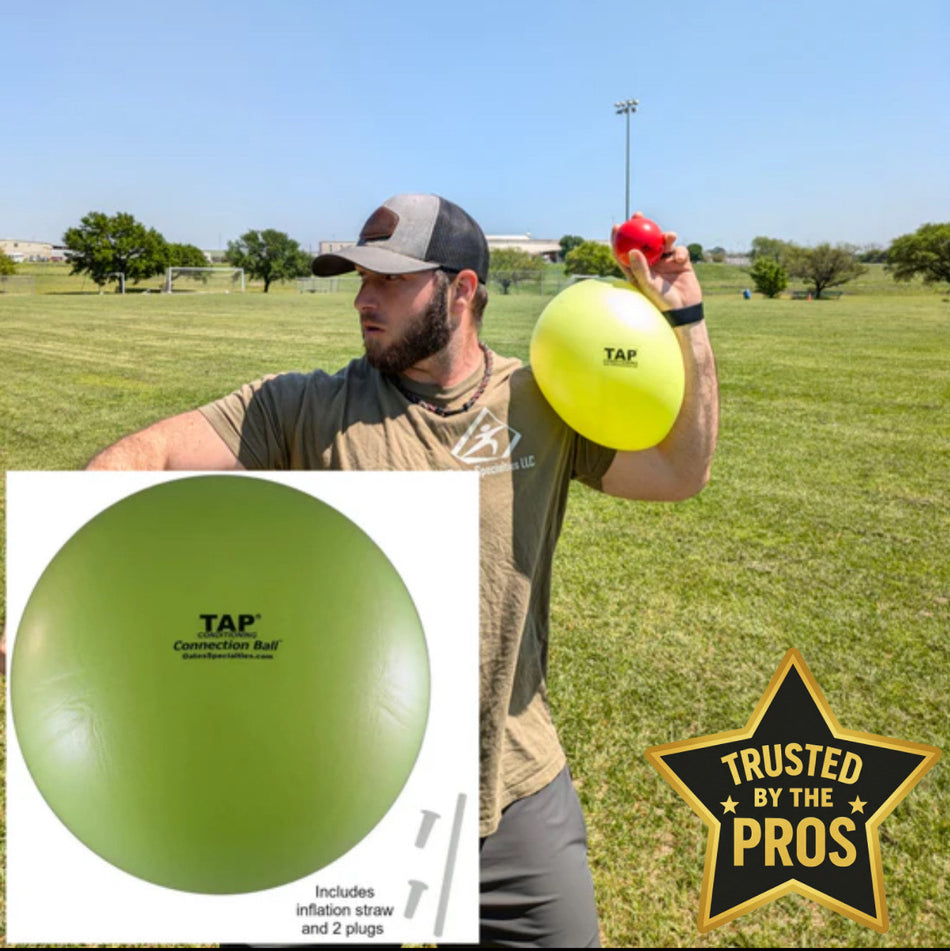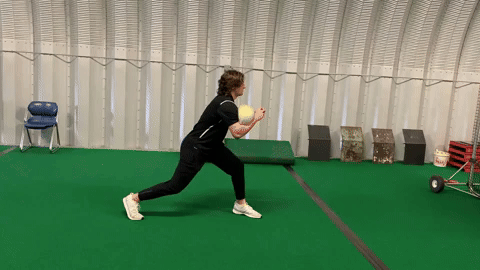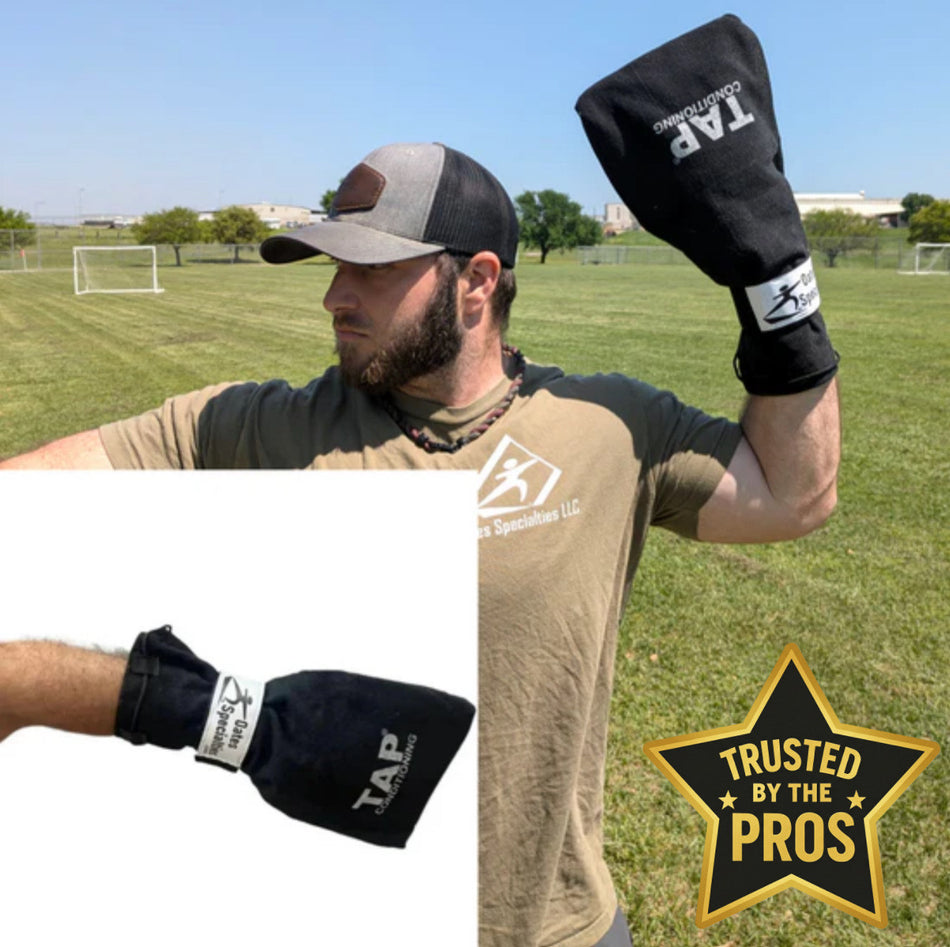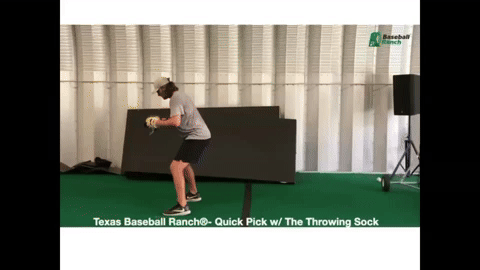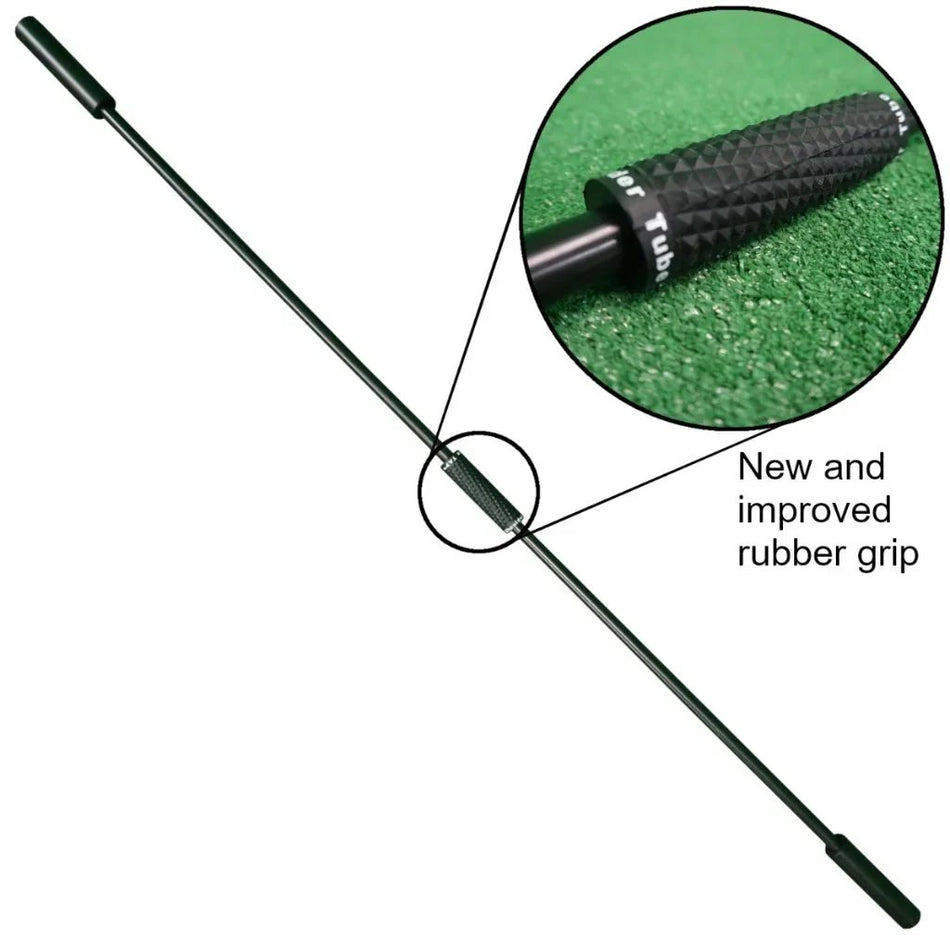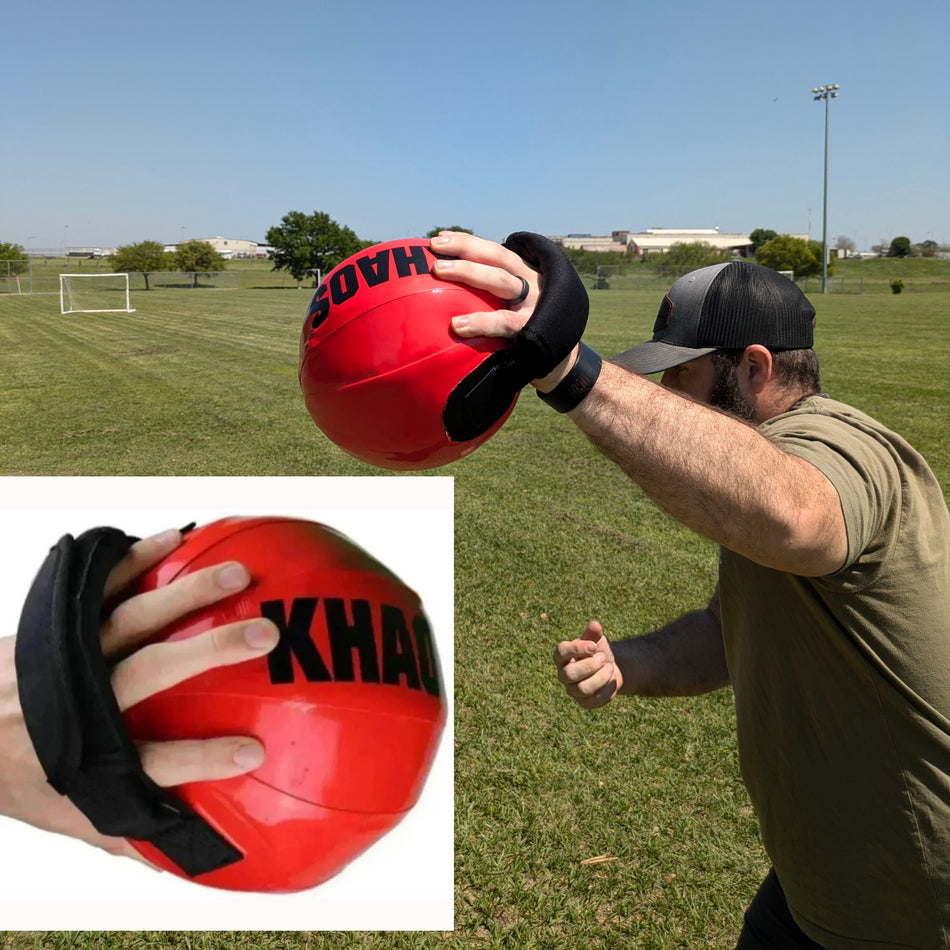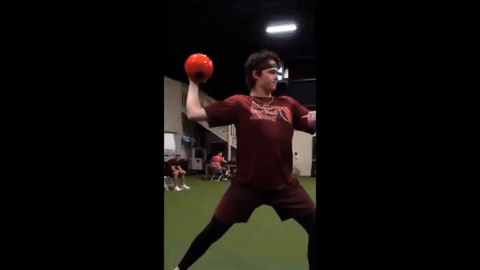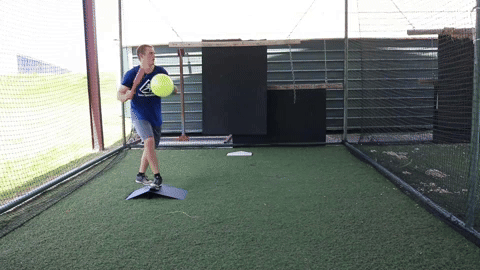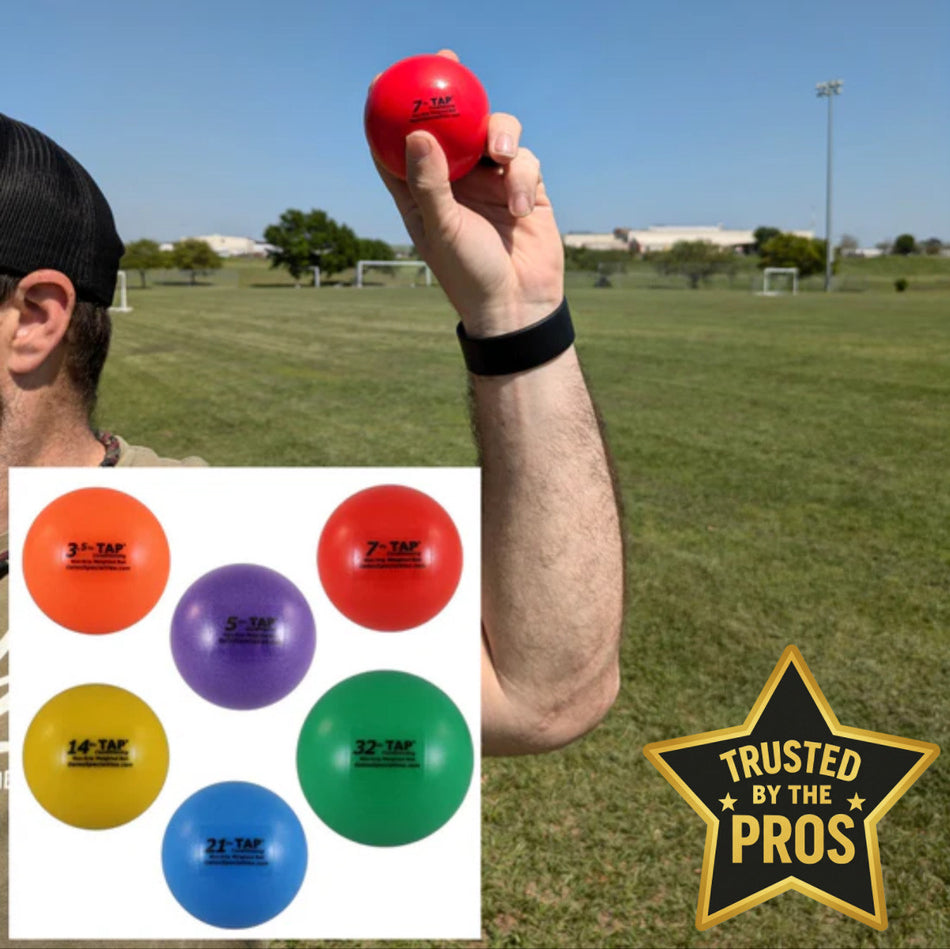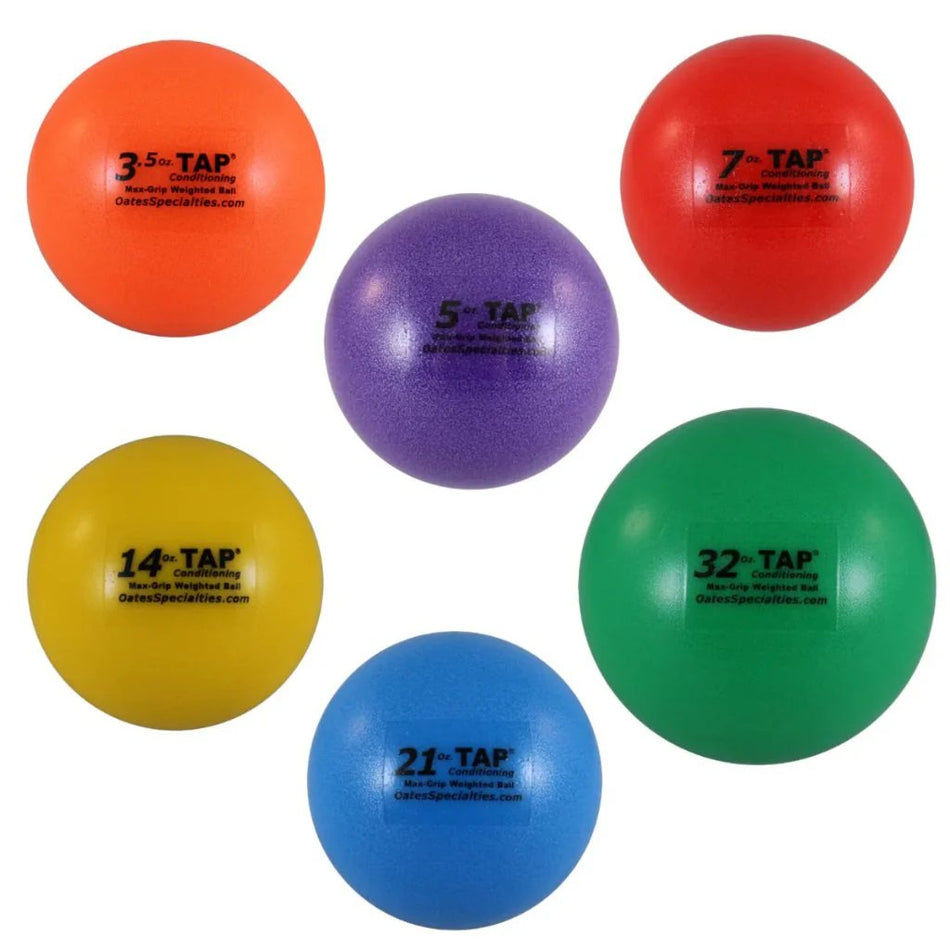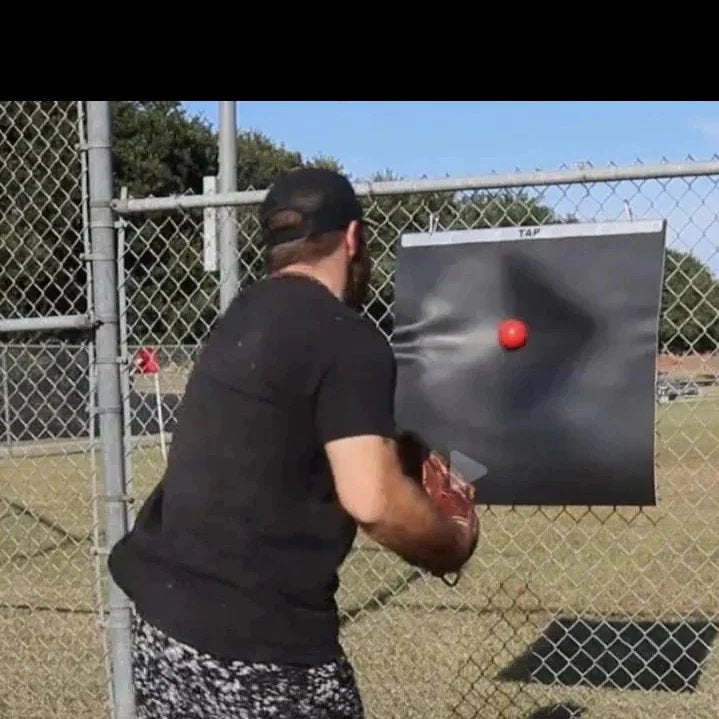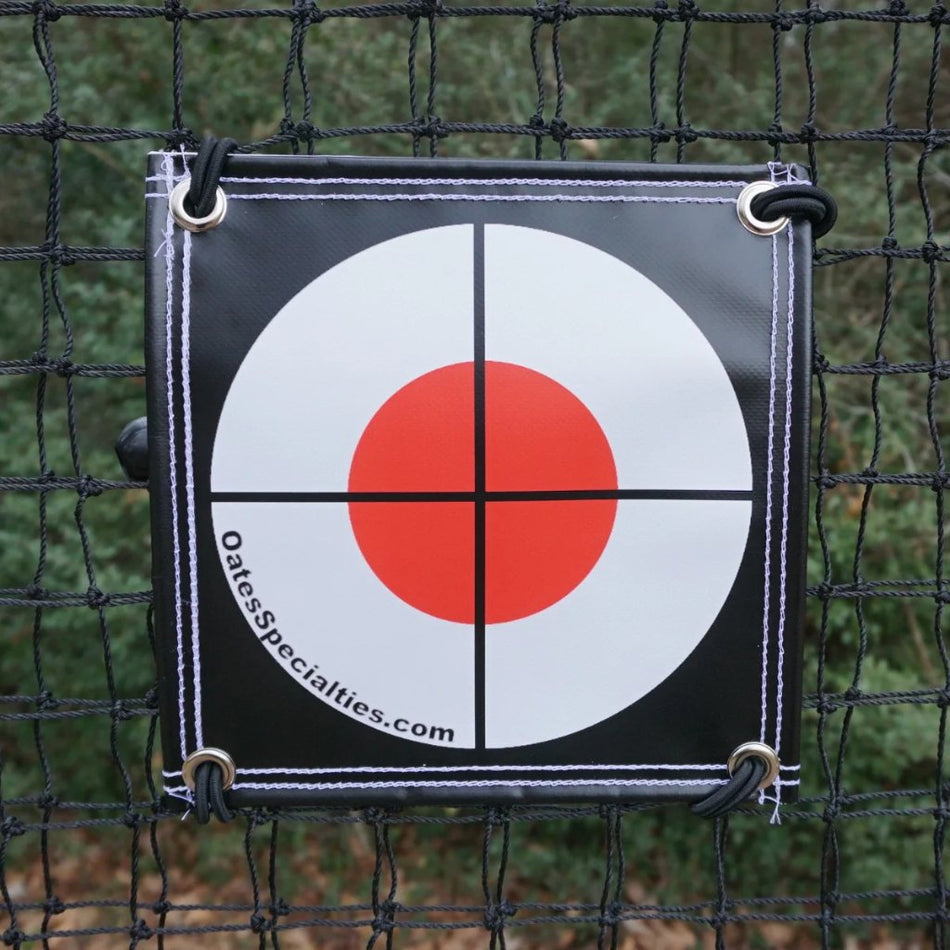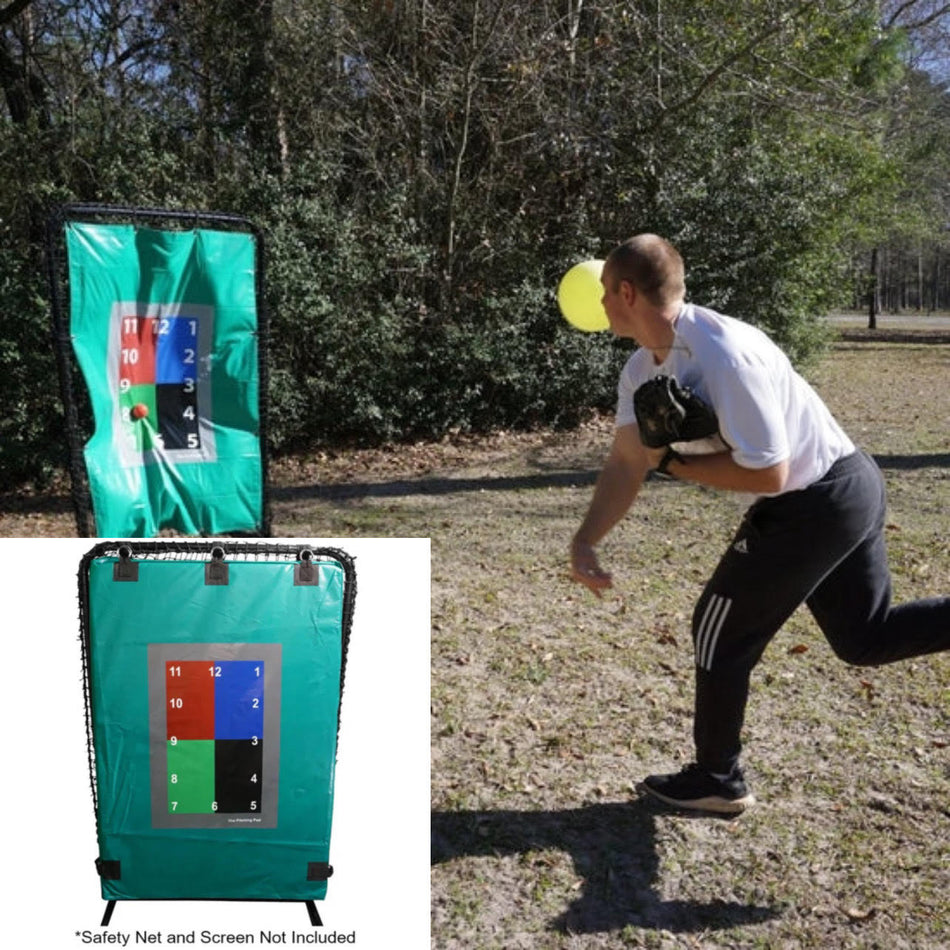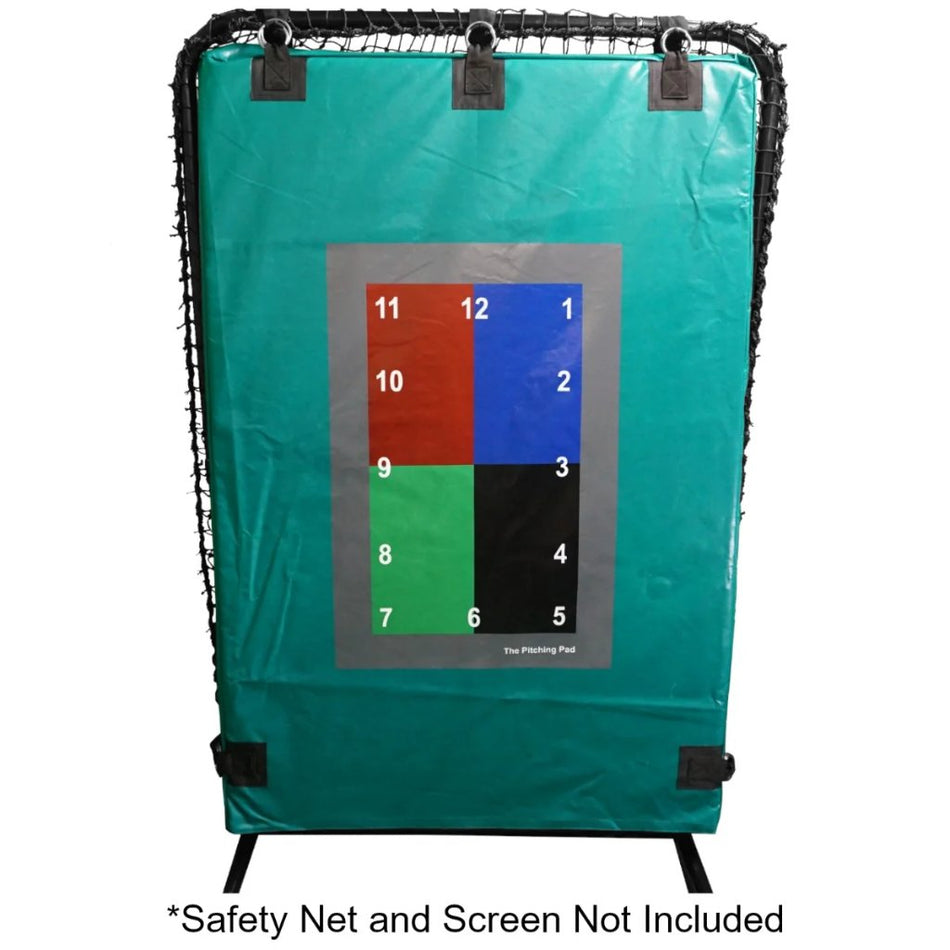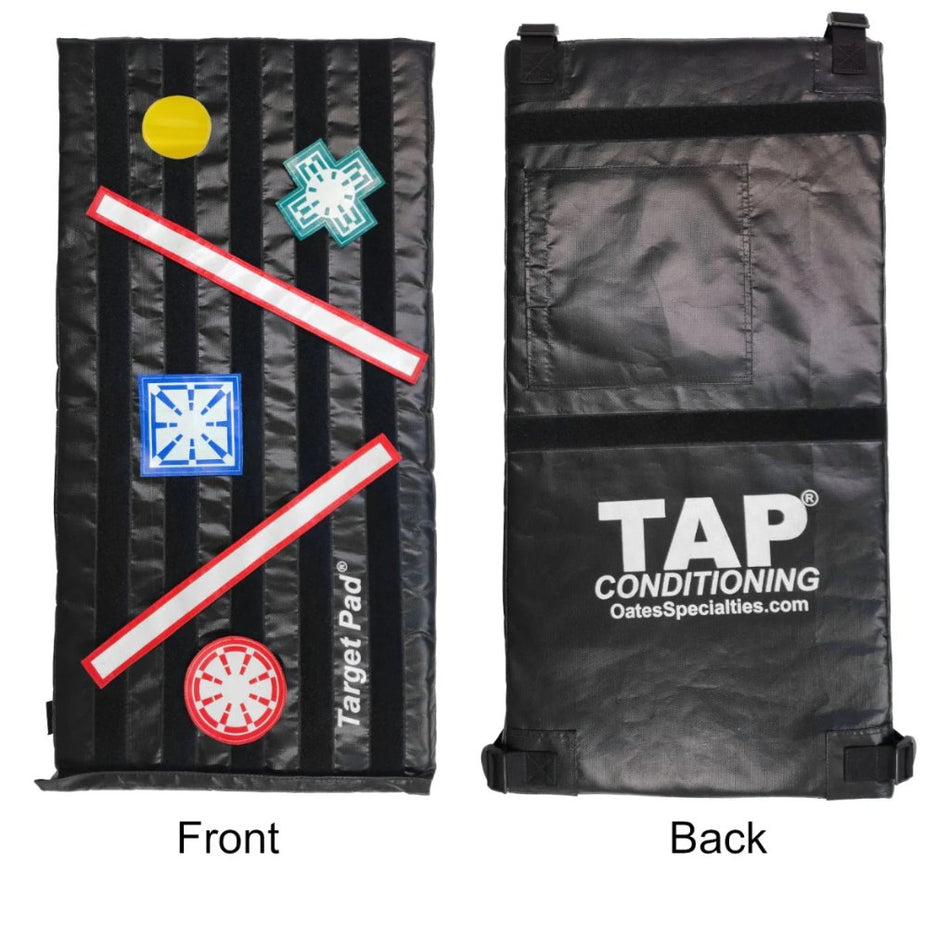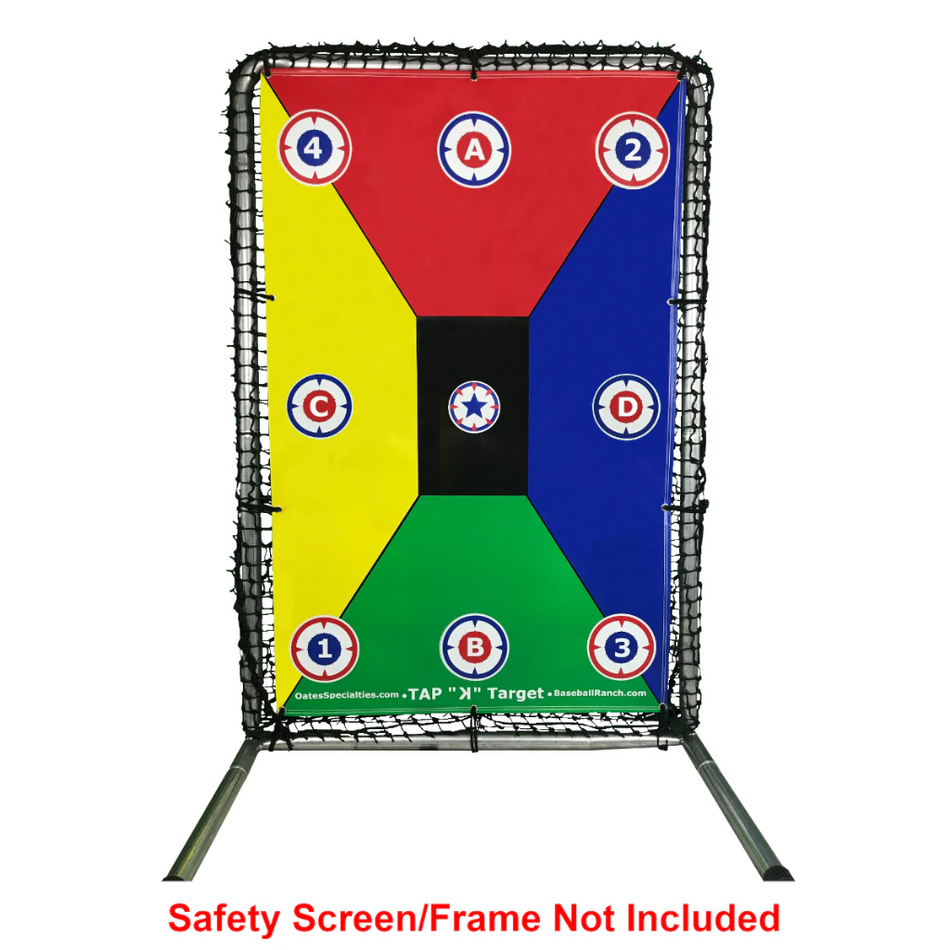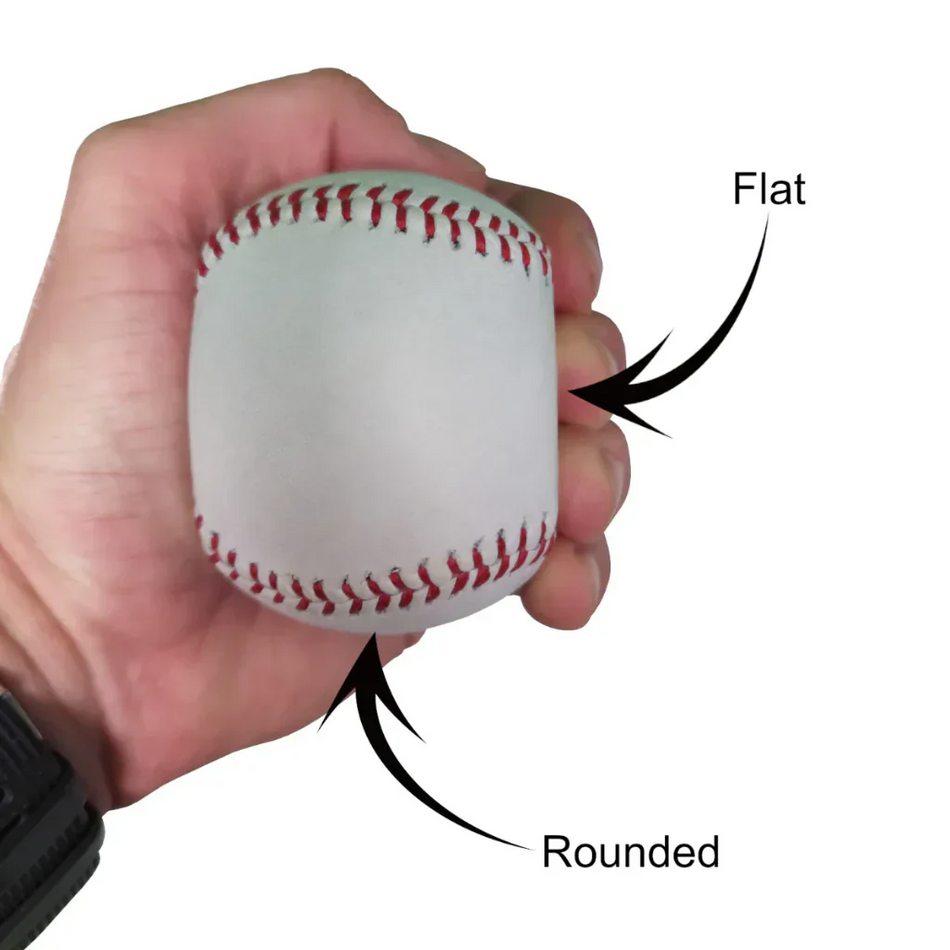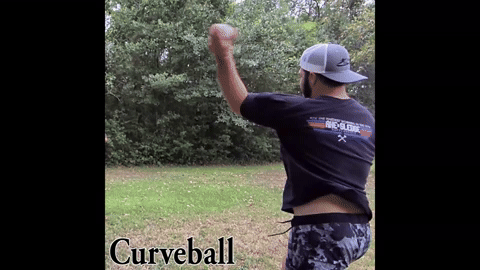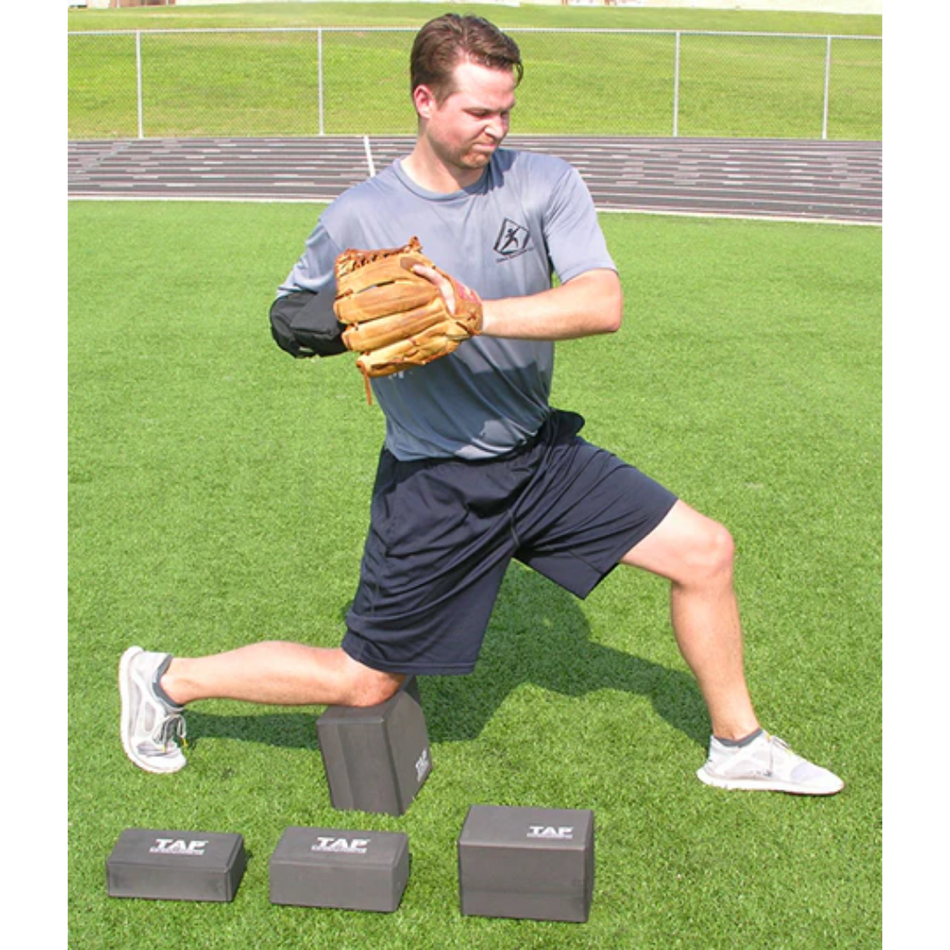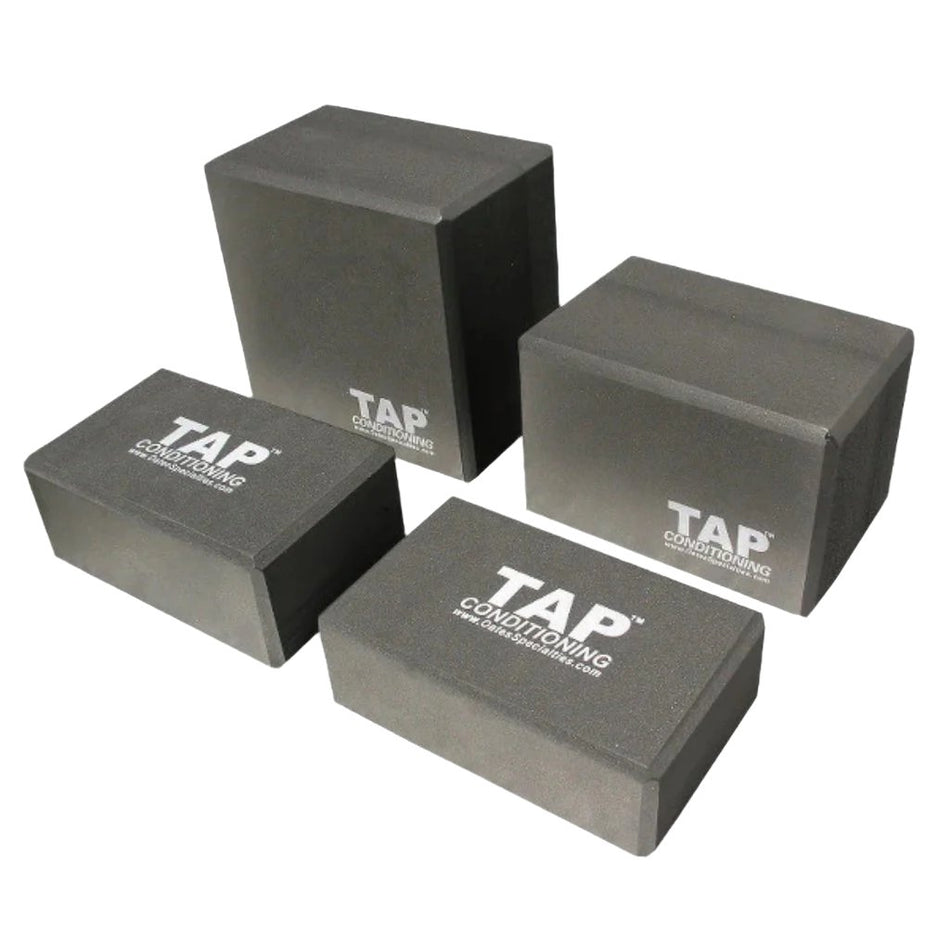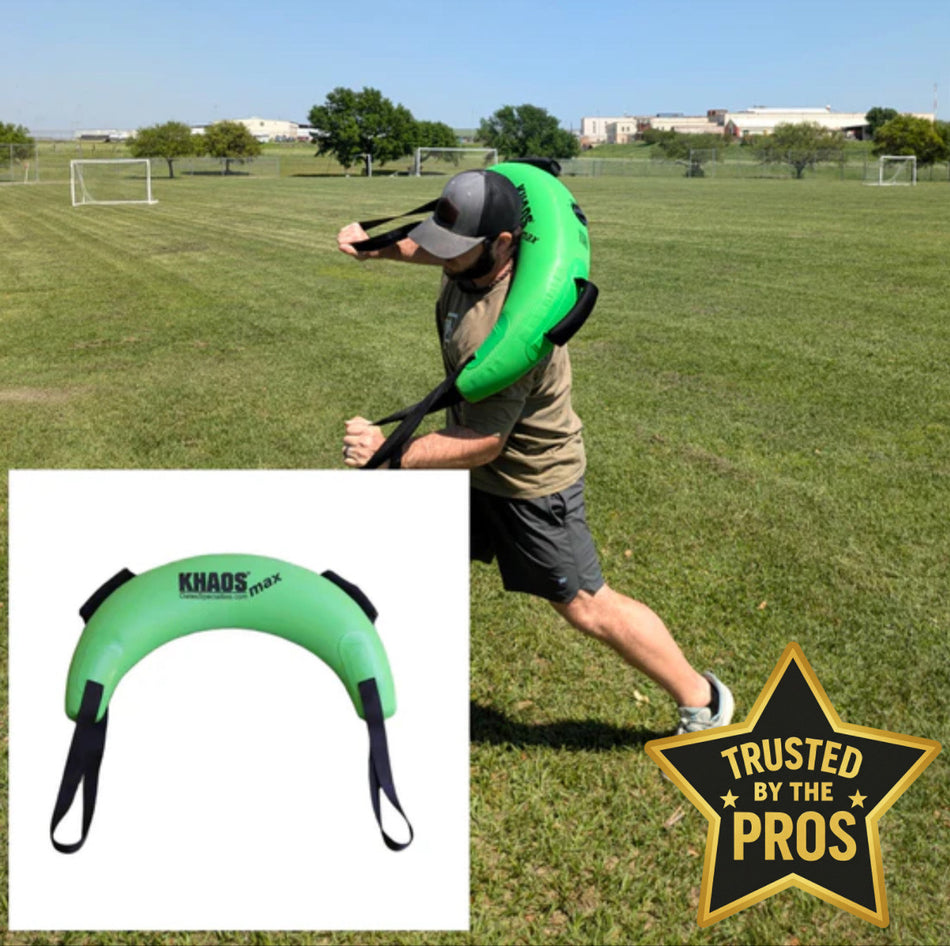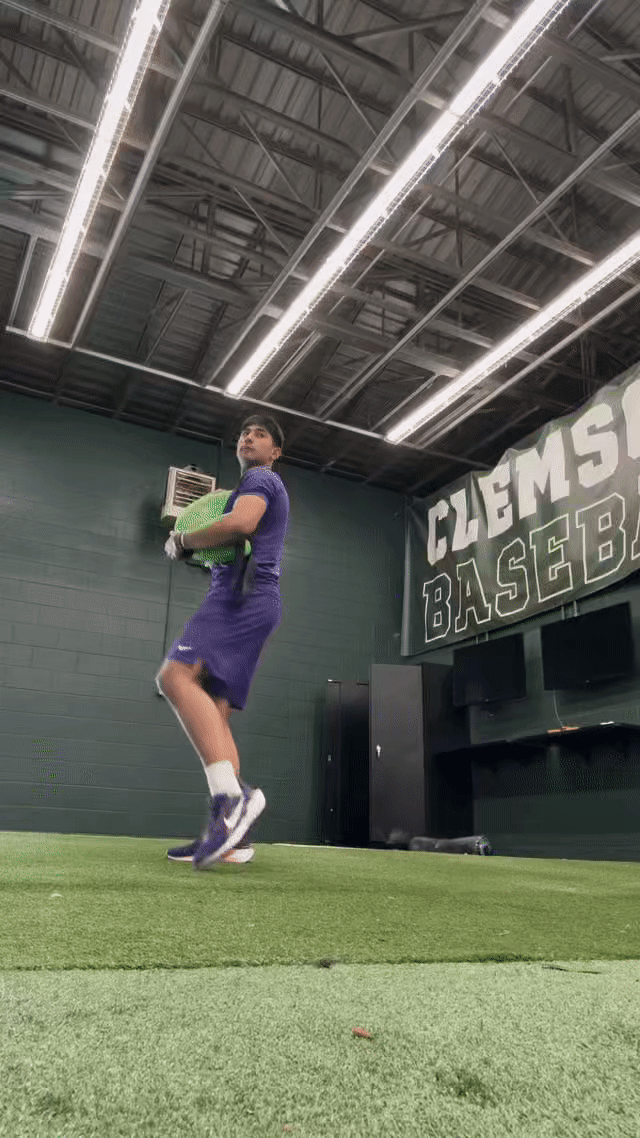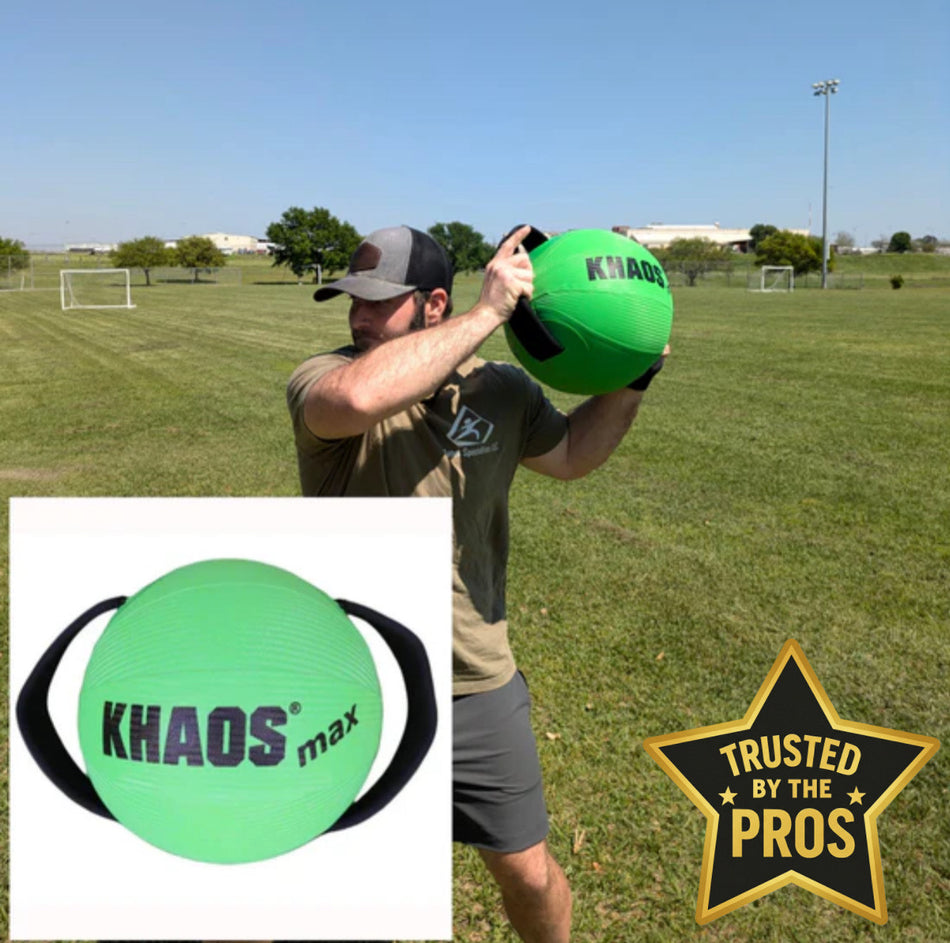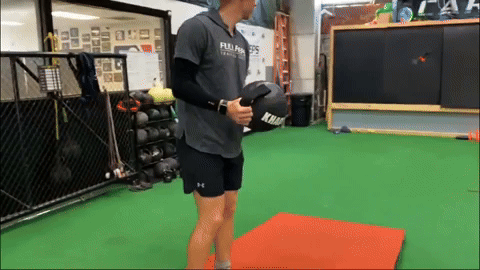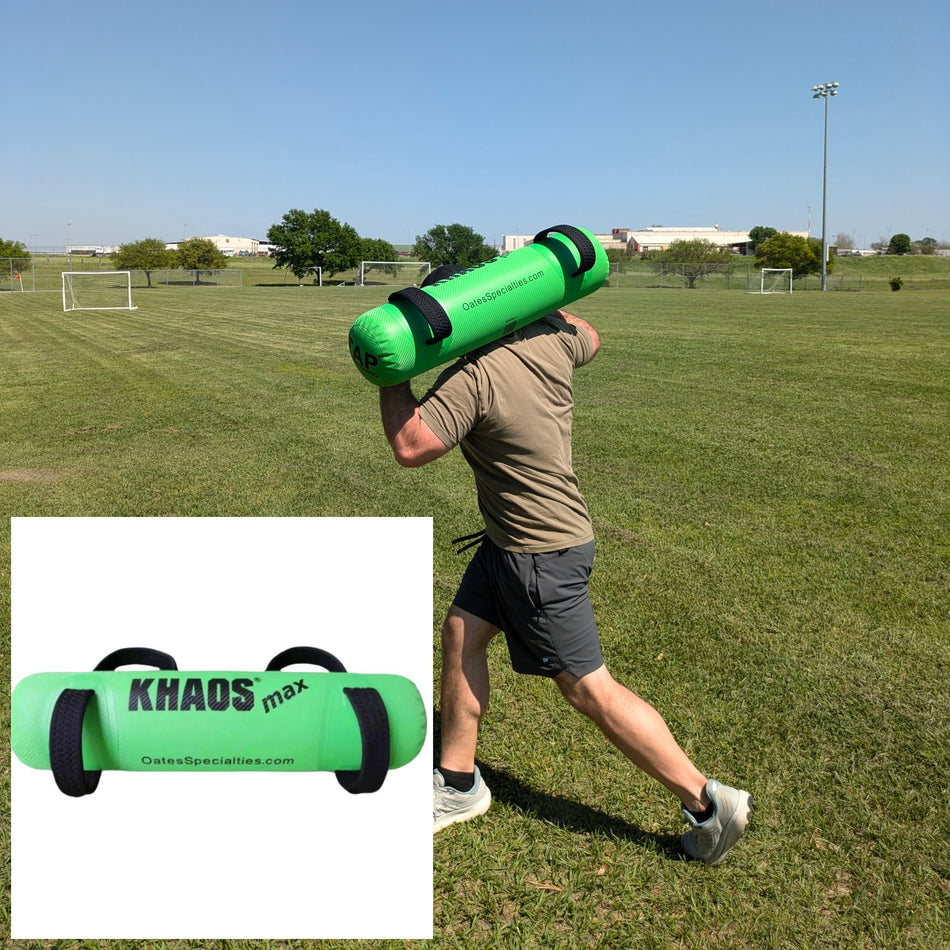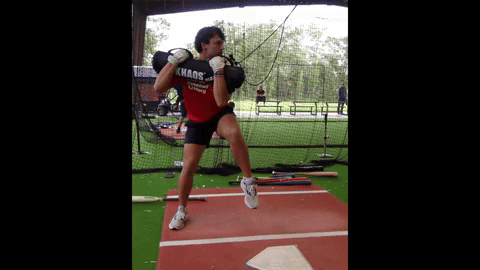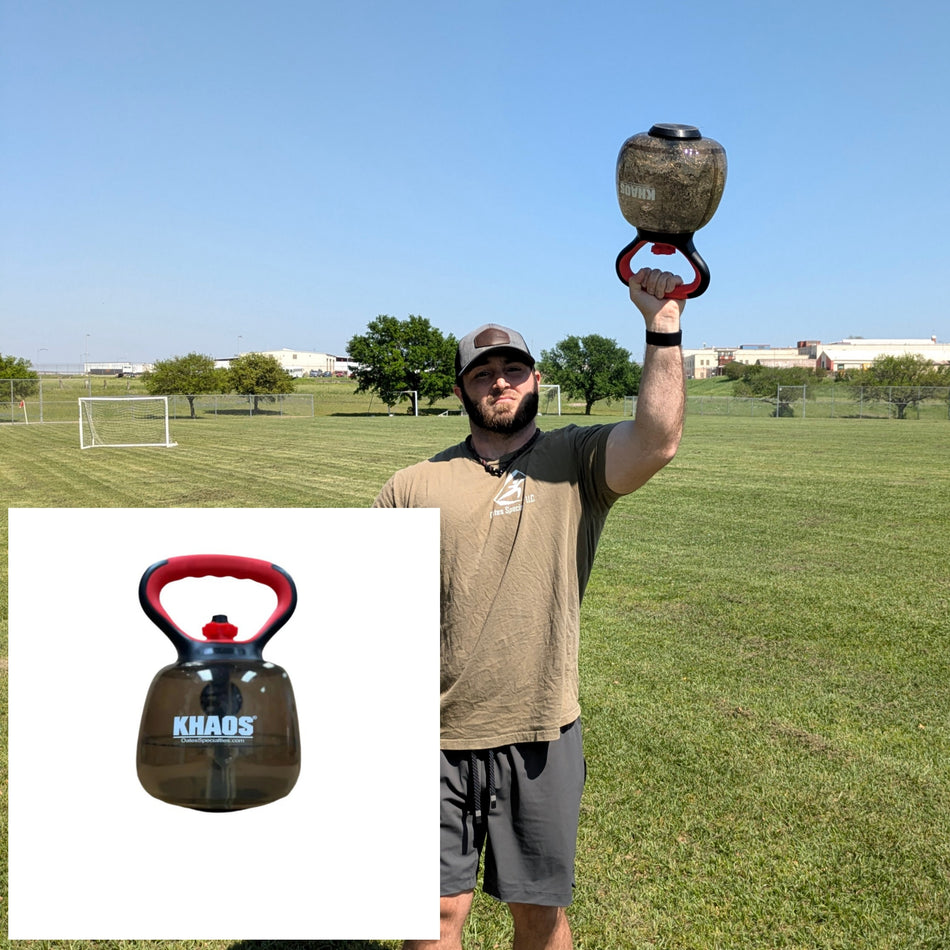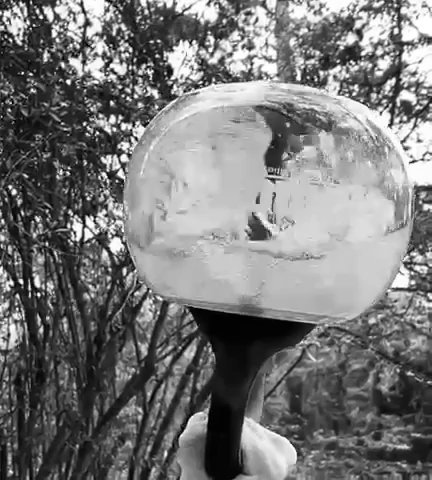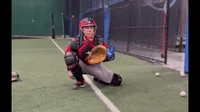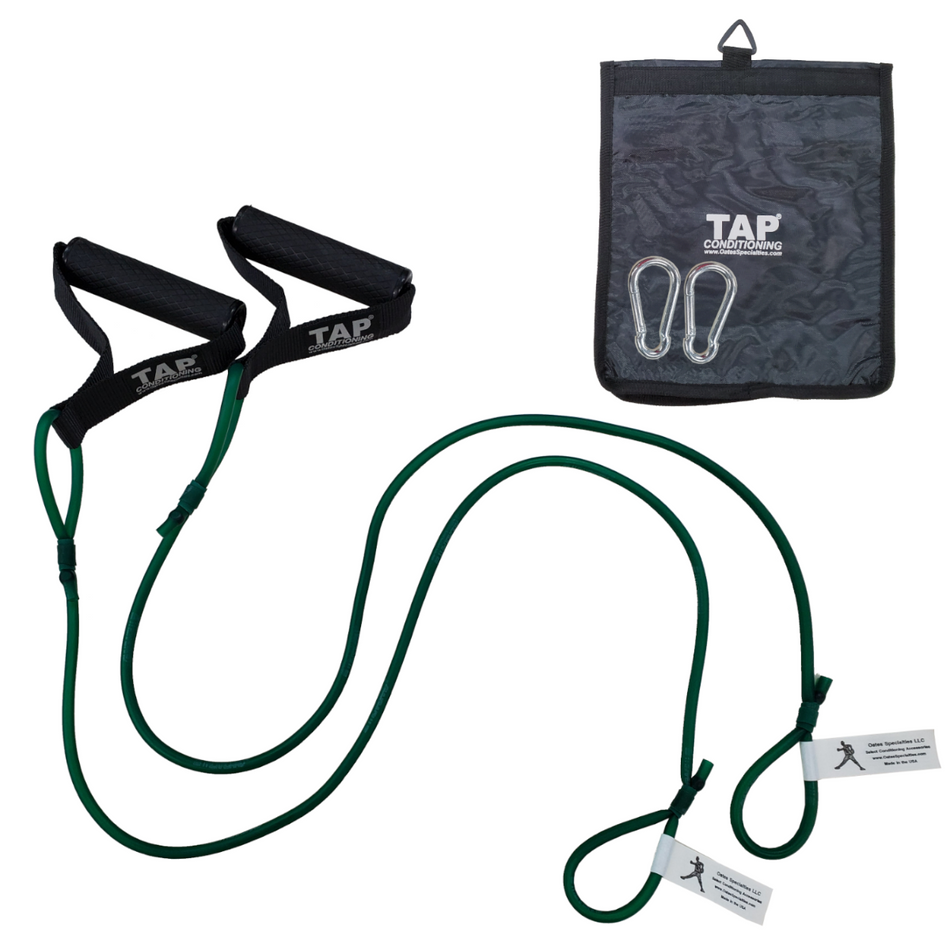Multi-Directional Training for Rotational Athletes: Why Single-Plane Strength Isn't Enough
Week 2 of our Water Training for Athletes series. If you're just joining us, our first installment explored why traditional gym strength doesn't always win games. Read it here for the foundation.
When Perfect Form Meets Imperfect Reality
Three months ago, I watched a college tennis player with flawless forehand technique in practice completely lose her stroke consistency during a match against an opponent who varied spin, depth, and pace on every ball. Her coach had spent countless hours perfecting her mechanics against predictable feeds, but never prepared her for the constant adjustments competitive play demands.
This scene repeats across every rotational sport: the baseball hitter whose swing falls apart when facing different pitch tunneling and release points, the volleyball attacker who struggles when approach timing must adjust to setter tendencies and defensive rotations. These athletes possess excellent technique—when the task remains constant.
One potential factor? Whether their training has adequately prepared them for the multi-directional adjustments that competitive execution requires, even when their fundamental mechanics are sound.
Coach's Corner: The Art of Force Distribution
"It's about teaching the body to share forces, improve coordination, and protect itself against the rigors of high-intensity sports."
Frans Bosch reinforces this philosophy: "Athletic skill requires rich and variable practice, not simply more of the same."
Both experts recognize that athletic movements don't occur in isolation or perfect conditions. This principle of integrated, variable training has guided our approach to developing multi-directional water training protocols.
The Multi-Planar Reality of Rotational Sports
Athletic performance demands coordinated strength across all three movement planes at once. The NSCA emphasizes that successful athletic movements require integrated muscle activation patterns—not the isolated plane work that dominates most training programs.
Consider the complexity: A baseball swing involves hip rotation, trunk flexion, shoulder horizontal adduction, and forearm pronation—all coordinated through a kinetic chain that must adapt instantly to pitch location, speed, and movement.
Water training is designed to create resistance across all movement planes simultaneously, producing force patterns that may more closely approximate what athletes actually encounter in competition.
The Science Behind Multi-Directional Power
Your body naturally organizes movement patterns based on environmental constraints. Water-filled implements create constantly changing constraints that challenge your neuromuscular system to develop more adaptable movement strategies.
This process can encourage athletes to explore different movement solutions rather than drilling identical mechanics repeatedly. Motor learning research suggests that variable practice conditions may enhance skill transfer to novel situations—exactly what competitive sports demand.
Sport-Specific Applications That Actually Transfer
Baseball: From Linear Training to Rotational Reality
The Challenge: Traditional training focuses on sagittal plane movements (squats, deadlifts) that don't match the rotational demands of hitting and pitching.
The Solution: Water training creates integrated resistance across movement planes during sport-specific patterns.
Hitting Applications:
- Hip-to-shoulder separation with unpredictable resistance timing
- Rotational acceleration through contact with variable load distribution
- Deceleration control when water momentum continues past contact point
Pitching Applications:
- Kinetic chain coordination from leg drive through ball release
- Balance maintenance during delivery with shifting resistance
- Energy transfer efficiency when external forces change mid-motion
Evidence Base: Research on unstable load training has demonstrated enhanced core muscle activation compared to stable surfaces. We've applied these principles specifically to rotational control patterns used in baseball.
Tennis: Power That Adapts to Court Conditions
The Challenge: Court surfaces, wind, and opponent positioning constantly alter shot requirements, but training often occurs under more controlled conditions.
The Solution: Multi-directional water resistance that varies with movement speed and direction.
Groundstroke Development:
- Open stance rotation that challenges adjustment to ball placement variations
- Linear momentum transfer patterns under changing load conditions
- Recovery patterns that require balance adjustments between shots
Serve Enhancement:
- Kinetic chain coordination across different serve types
- Multi-planar force generation that adapts to tactical requirements
- Shoulder stability challenges under fatigue conditions
Volleyball: Explosive Power with Precision Control
The Challenge: Attack approaches must adjust to set height, speed, and location while maintaining maximum vertical jump and arm swing velocity.
The Solution: Training designed to challenge coordinated power across multiple planes simultaneously.
Attack Optimization:
- Three-step approach timing that adapts to setter variations
- Arm swing coordination under variable resistance conditions
- Landing mechanics that absorb impact while preparing for transition
Setting Precision:
- Hand-eye coordination under proprioceptive challenges
- Core stability during dynamic positioning requirements
- Finger control with unpredictable resistance patterns
Building Multi-Directional Power: Progressive Protocols
Foundation Phase (Weeks 1-3)
Begin with basic multi-planar movements using light water loads. Focus on coordination rather than resistance, allowing your nervous system to adapt to three-dimensional challenges.
Baseball Focus: Rotational patterns with anti-extension and anti-rotation challenges
Tennis Focus: Dynamic balance during hitting simulation with directional perturbations
Volleyball Focus: Jumping mechanics with unstable loads during approach patterns
Integration Phase (Weeks 4-6)
Combine movement planes within single exercises while gradually increasing resistance. Add speed variations and direction changes that mirror competitive demands.
Progressive Loading: Increase to 25-30% implement capacity
Movement Complexity: Introduce sport-specific scenarios with multiple variables
Environmental Challenges: Practice with external distractions and pressure situations
Competition Phase (Weeks 7+)
Focus on movement speed and precision under variable resistance. Integrate training directly with sport-specific skill practice for maximum transfer potential.
Equipment Selection for Multi-Directional Development
Our comprehensive water training line is designed to address multiple aspects of multi-directional power development. Different implements target specific movement patterns while maintaining the variable resistance characteristics that define this training approach.
For Maximum Rotational Challenge:
- Crescent-shaped implements optimize rotation through their unique water distribution patterns
- Progressive loading capabilities allow development from foundation through elite levels
For Multi-Planar Integration:
- Tube-style systems with multiple handles provide training variety and directional challenges
- Spherical tools deliver 360-degree instability for comprehensive coordination development
Want to see our complete equipment comparison? Equipment Selection Guide details our extensive product line—one of the industry's most comprehensive water training offerings, with specific recommendations for rotational athletes.
The Research Foundation
Multiple training principles support the multi-directional approach. Studies on unstable load training demonstrate enhanced muscle activation patterns across movement planes, developing the type of coordinated strength rotational athletes require.
Variable practice research consistently suggests superior skill transfer compared to repetitive practice under identical conditions. Water training creates this variability through liquid resistance that changes with every movement.
Want the complete scientific analysis? Our Water Training Science Position Paper examines the peer-reviewed research and biomechanical principles behind our training philosophy.
Ready to Build Multi-Directional Power?
For baseball players seeking immediate implementation of these concepts, our KHAOS® Baseball Water Bundle combines our most effective rotational training tools with comprehensive protocols at bundle pricing with free shipping.
The bundle includes everything needed to apply the multi-directional strength principles we've discussed, with specific applications for hitting, pitching, and defensive play.
Professional Implementation Guidelines
Work with qualified strength coaches familiar with multi-directional training principles. Start with movement quality assessments before adding unstable loads, and progress based on coordination improvements rather than resistance tolerance.
Safety Priorities:
- Master basic rotational patterns before adding instability
- Progress gradually through movement complexity
- Monitor for compensation patterns that indicate overloading
- Integrate with existing training rather than replacing proven methods
Next Week: "Proprioceptive Training for Athletic Performance"
Your body's internal GPS system—proprioception—often determines the difference between clutch performance and choking under pressure. Elite athletes maintain technique when everything around them is chaos, while others fall apart when conditions aren't ideal.
We'll explore how water training challenges this crucial sensory system, requiring your body to continuously sense position and make instant adjustments even when visual cues disappear or competitive pressure peaks. You'll discover protocols designed to develop the proprioceptive capabilities that may separate athletes who rise to big moments from those who struggle when it matters most.
Share Your Rotational Training Experience: Have you noticed how your power changes when conditions aren't perfect? Do you perform differently in practice versus competition? Your insights help other athletes recognize similar patterns.
Questions About Sport-Specific Applications? Drop them below—we often feature reader questions in upcoming articles and provide personalized guidance for your training situation.
Want to Catch Up? This is week 2 of our series. Start with our foundational article to understand why traditional gym strength often doesn't translate to game performance.
Continue Your Development:
- Complete Water Training Series
- Equipment Selection Guide
- Scientific Foundation - Position Paper
- Connect with certified trainers specializing in rotational athlete development






